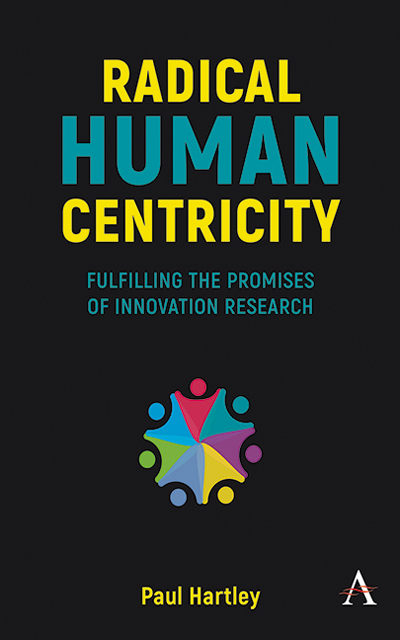Summary
When it comes to researching real people, current market research, design thinking, and human-centered approaches are actually quite poor guides for how to conduct research that is actually human-centric. They provide clear guidance on how to develop data for use within a business, be it market information, demographics and psychographics, or to fill design personas. But the methodological toolkit for how to do this research is surprisingly small. Design thinking and design research are especially lacking in solid research practices, preferring to focus on empathy as the grounding for solid research. The guidance on research practices that the majority of descriptions of HCR/HCD provide is approximately this: “[…] empathy is an approach that draws upon people's real-world experiences to address modern challenges. When companies allow a deep emotional understanding of people's needs to inspire them—and transform their work, their teams, and even their organization at large—they unlock the creative capacity for innovation.” This is all well and fine, but it hides the fact that empathy is neither a research methodology nor a gateway to knowledge of people. In fact, empathy is just table-stakes. It is the grounding every researcher should have to do any kind of research about people and behavior, from historiography to census taking.
A deeper problem reveals itself when people make methodological statements about design thinking and HCD. In the same article on empathy by several researchers at Ideo entitled “Empathy on the edge” the full definition begins this way: “The definition of empathy is the ability to be aware of, understanding of, and sensitive to another person's feelings and thoughts without having had the same experience. As human-centered designers, we consciously work to understand the experience of our clients and their customers. These insights inform and inspire our designs.” What is curious about this is the subtle shift that happens in this, and most, description of empathy in HCD. Do you see it? In the first sentence it says “feelings and thoughts without […] the same experience,” and in the second sentence it says “experience of our clients and their customers.” The first problem lies in the fact that the interior, emotional experience of an individual is not what people study when they do any form of UX (UX researchers are not interested in the thoughts of an individual).
- Type
- Chapter
- Information
- Radical Human CentricityFulfilling the Promises of Innovation Research, pp. 81 - 116Publisher: Anthem PressPrint publication year: 2022



